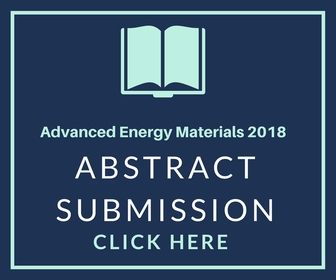Jerzy. A. Szpunar
University of Saskatchewan, Canada
Title: Hydrogen generation in metal water reaction and strategies of storage
Biography
Biography: Jerzy. A. Szpunar
Abstract
Hydrogen has been recognized as a clean and sustainable fuel. However still many problems have to be to be solved in area of generation, transport and storage of this fuel for future hydrogen based economy to be realized. Some of our research in this area will be presented.
Reaction of water with activated aluminum powder is consider as one of the methods to generate hydrogen. The reaction produces also aluminum hydroxide (Al (OH)3 or AlOOH) as the byproduct; these compounds change to alumina (Al2O3) after calcination process, and alumina can produce aluminum [1, 2]. Hydrogen production rate can be increased if effective surface area of aluminum exposed to oxidation is increased. We found that microstructural refinement can be used to promote the reaction and allow major increase of the production of hydrogen. The addition of water soluble salts (potash or salt) also allow to increase the oxidation rate and hydrogen generation. However, we established that presence of salt has smaller influence than microstructural modifications.
The storage of hydrogen will also require structural modification of the storage system. One of storage system that was developed by our team will be discussed [3]. We designed a Pd-graphene composite for hydrogen storage with spherical shaped nanoparticles of 45 nm size homogeneously distributed over a graphene substrate. This new hydrogen storage system has attractive features like high gravimetric density, ambient conditions of hydrogen charge and low temperature of the hydrogen discharge. The palladium particles produce a low activation energy barrier to dissociate Plenarythis helps delaying the formation of metallic clusters and can improve hydrogen storage in metal graphene systems.

